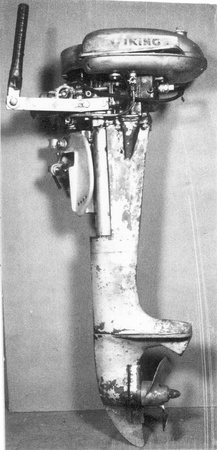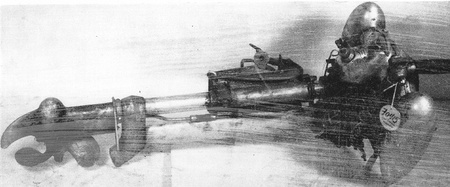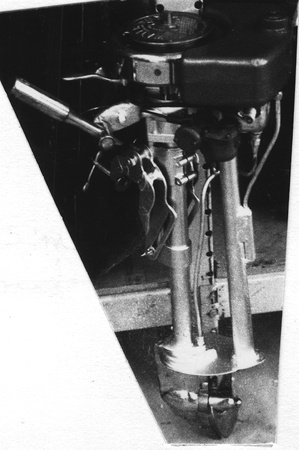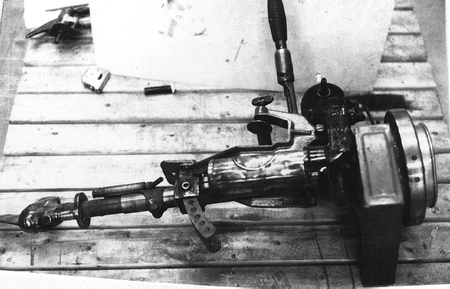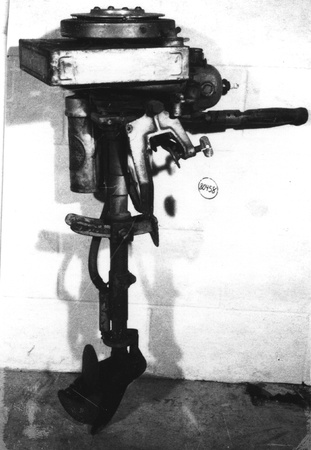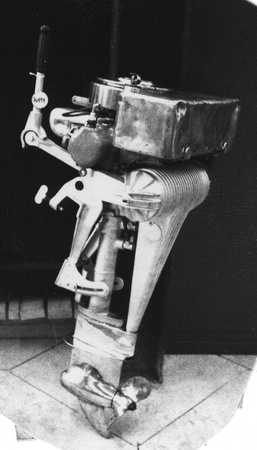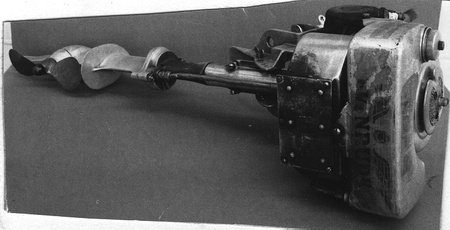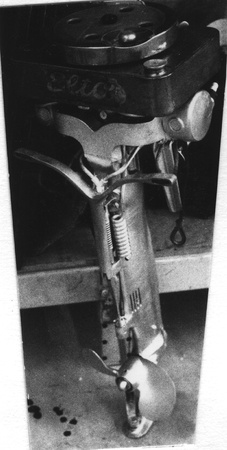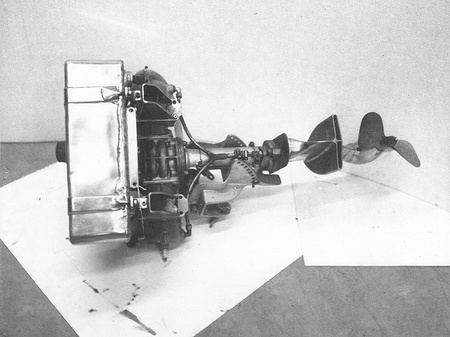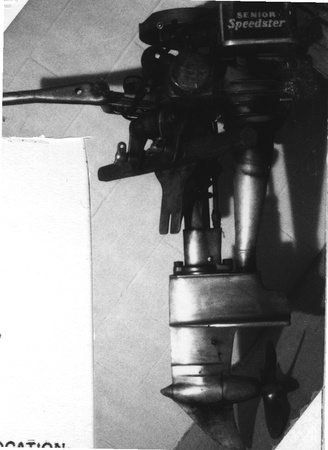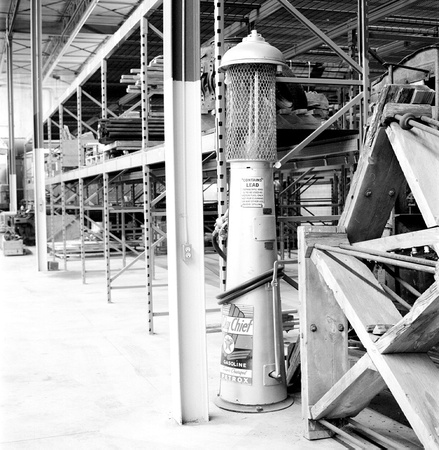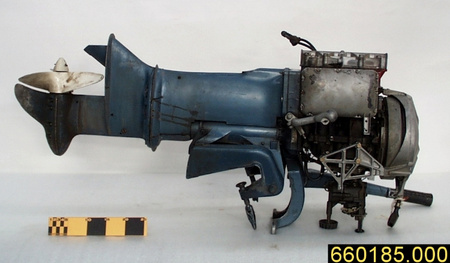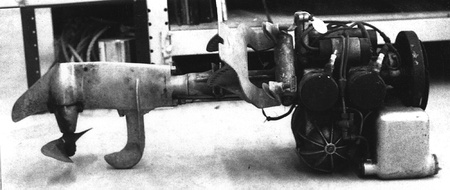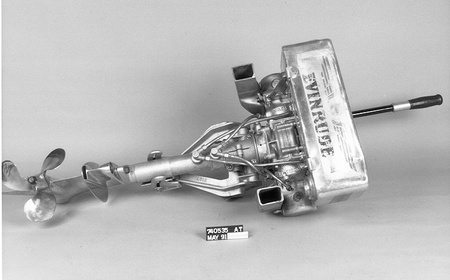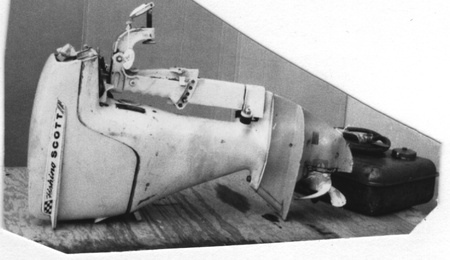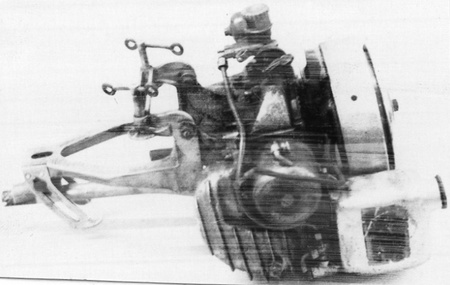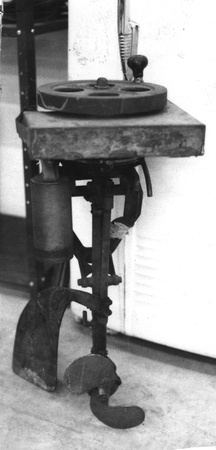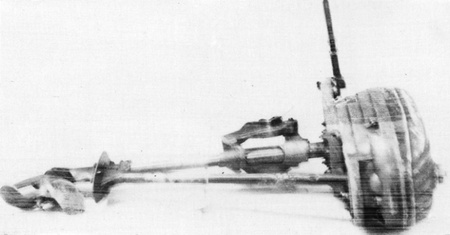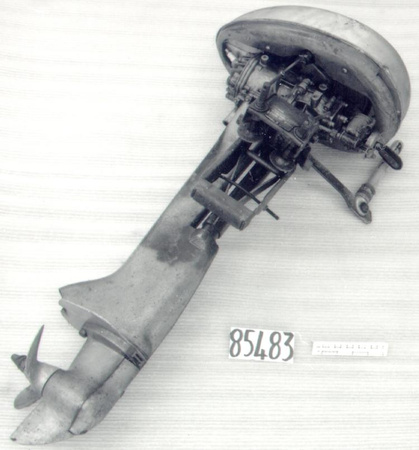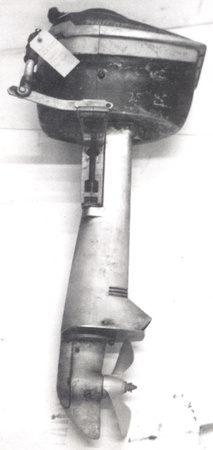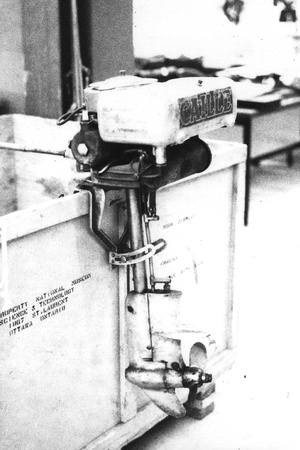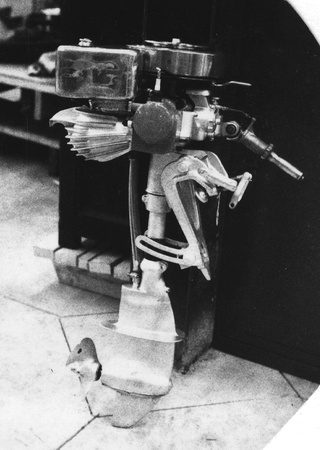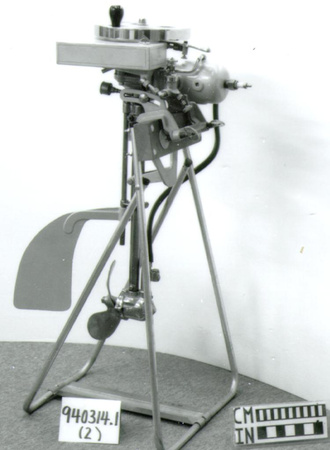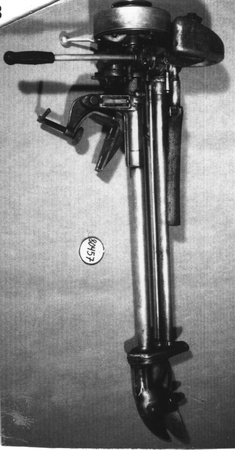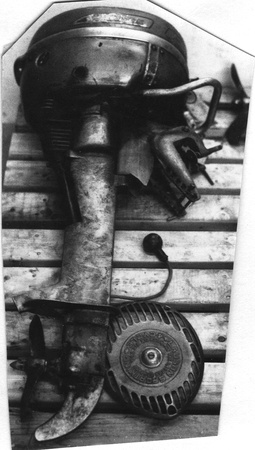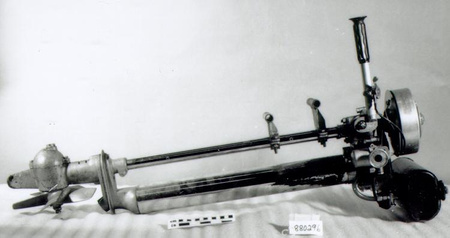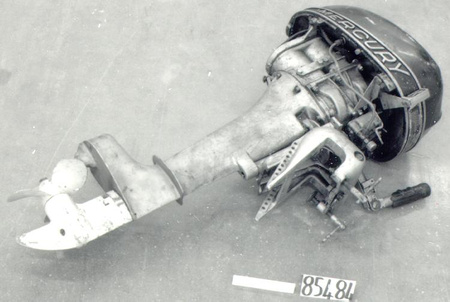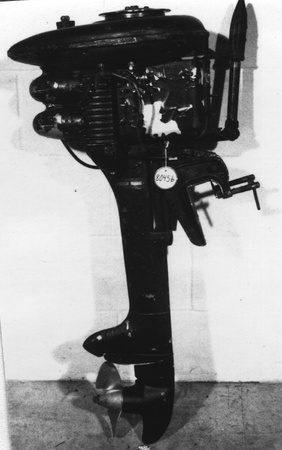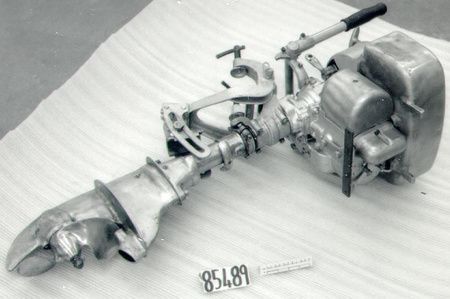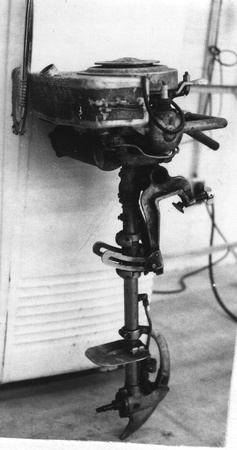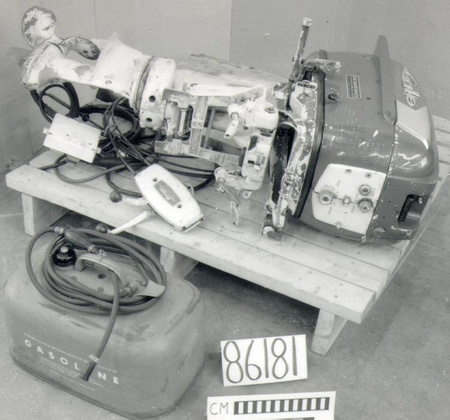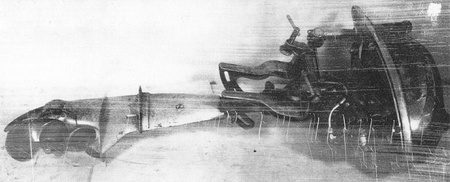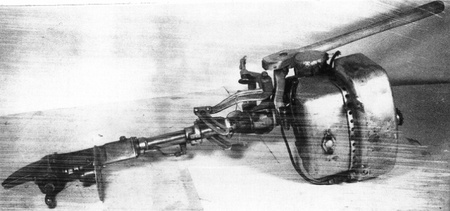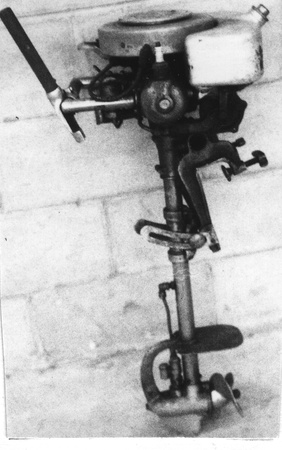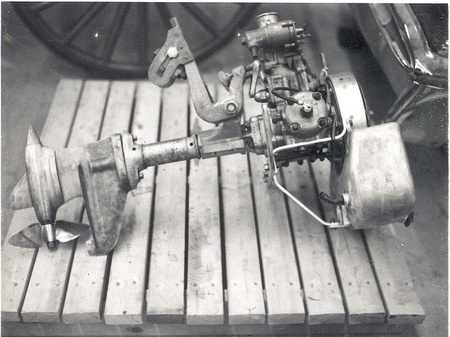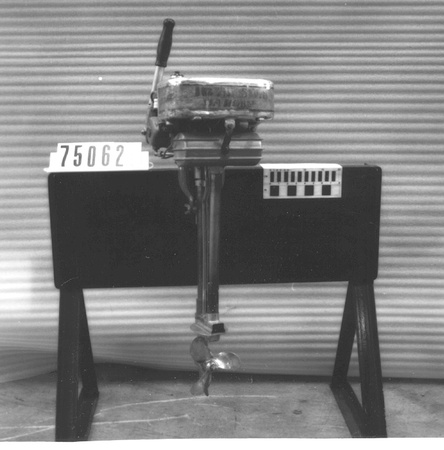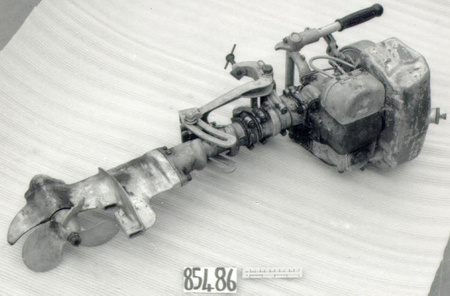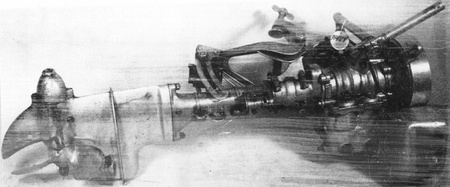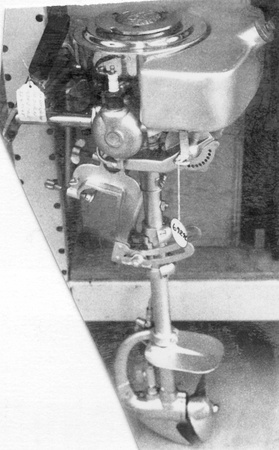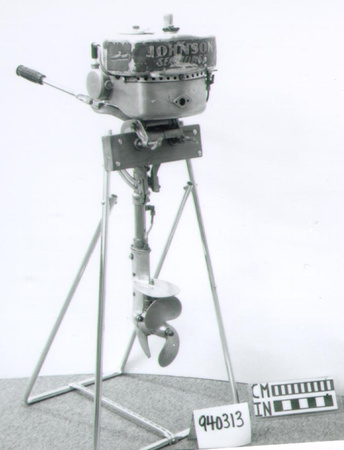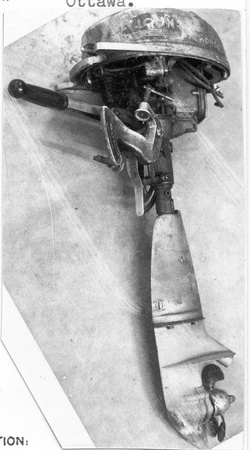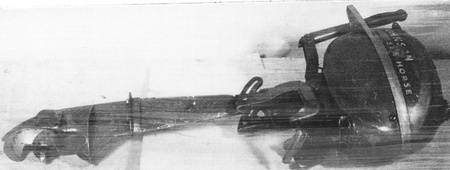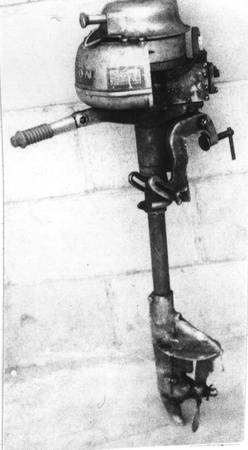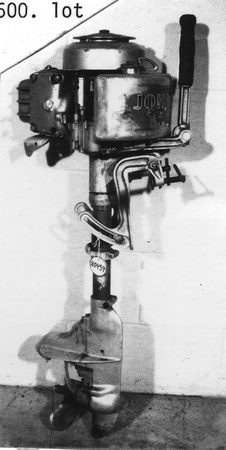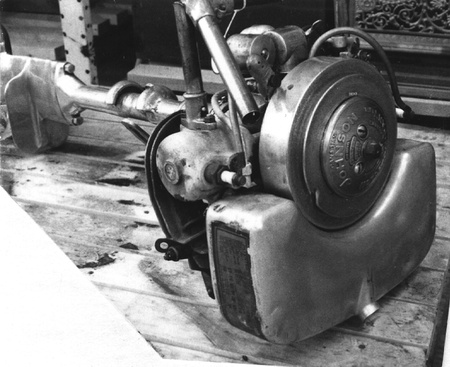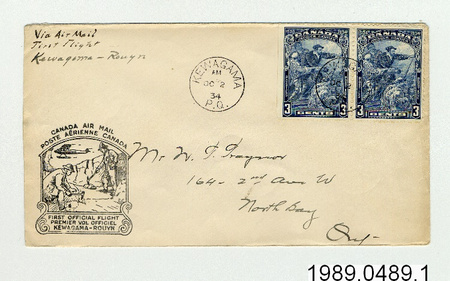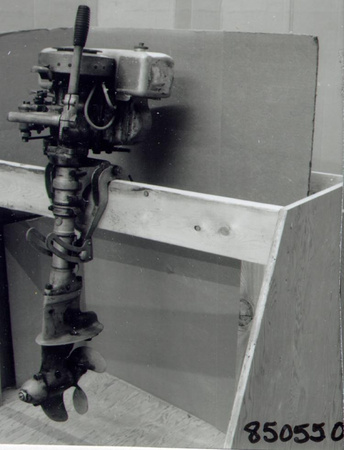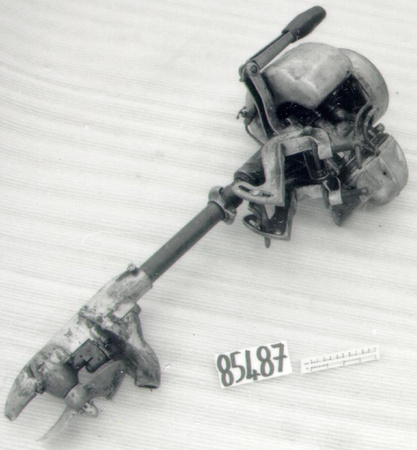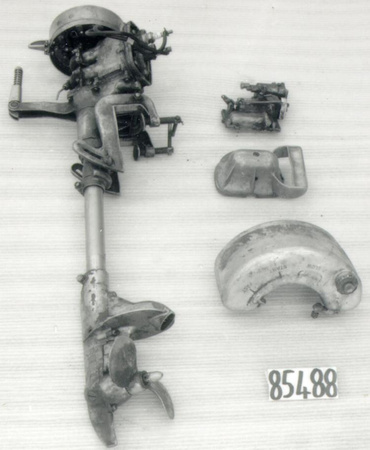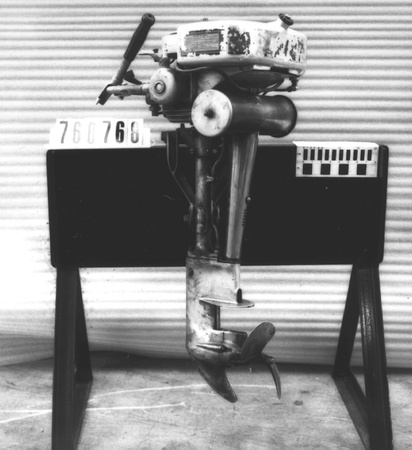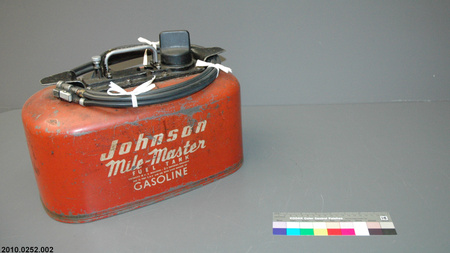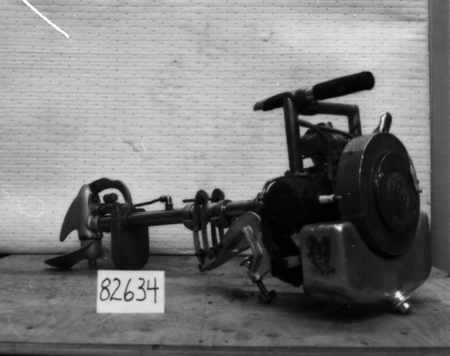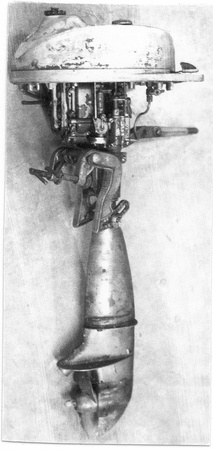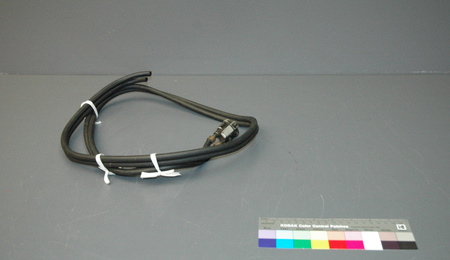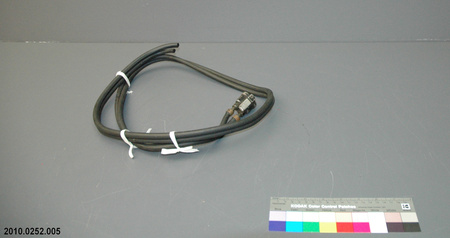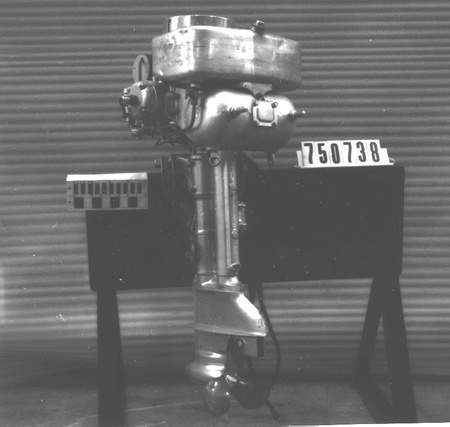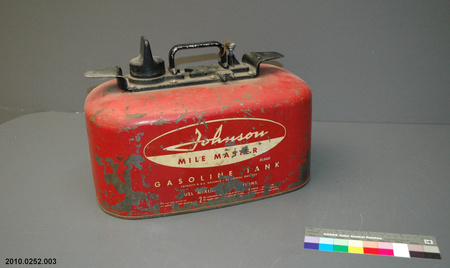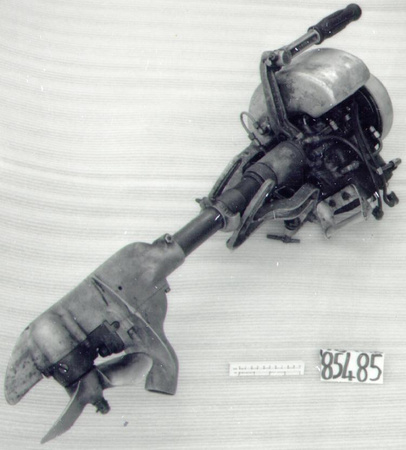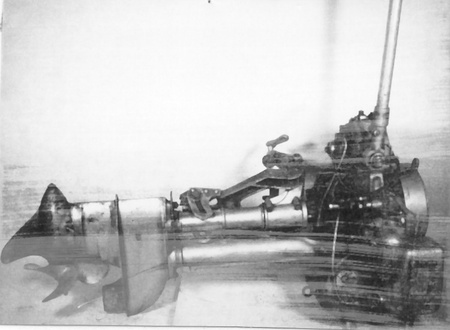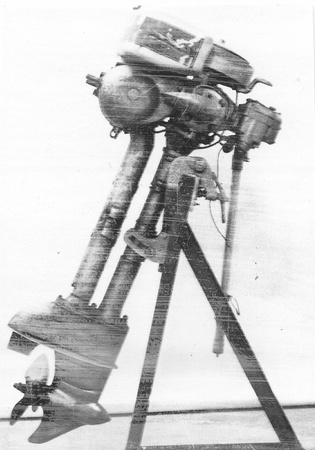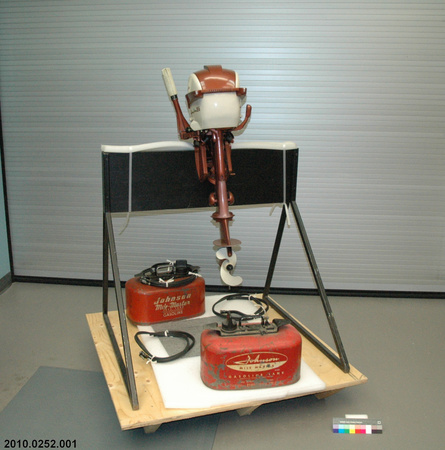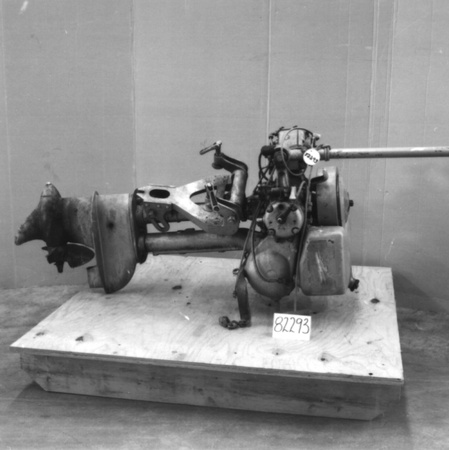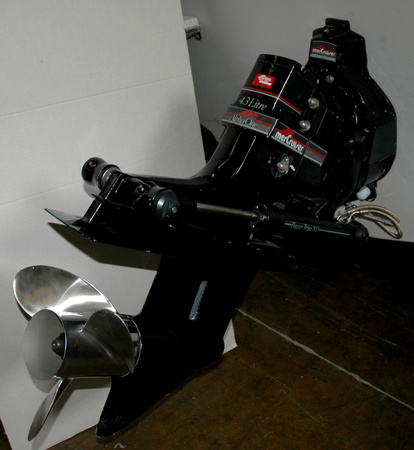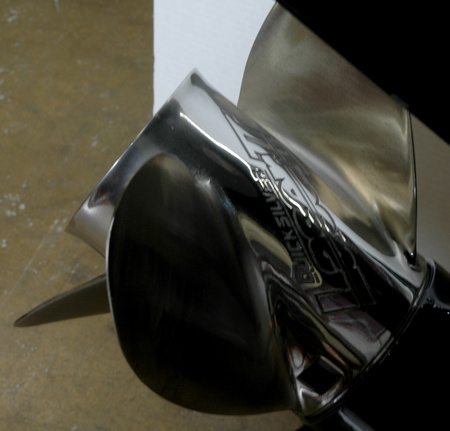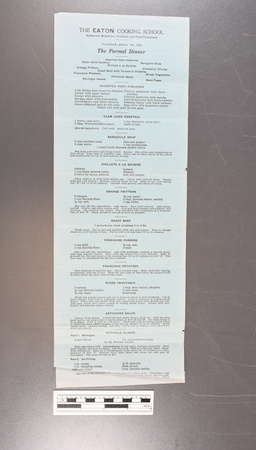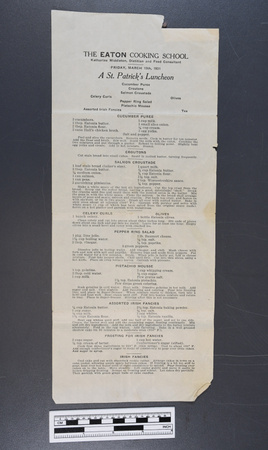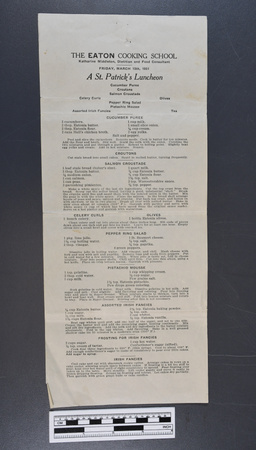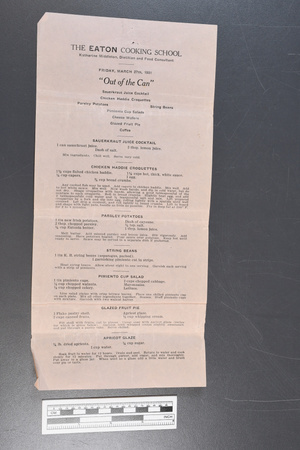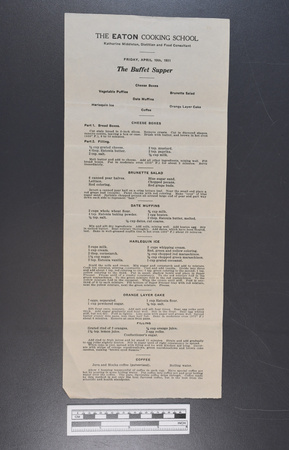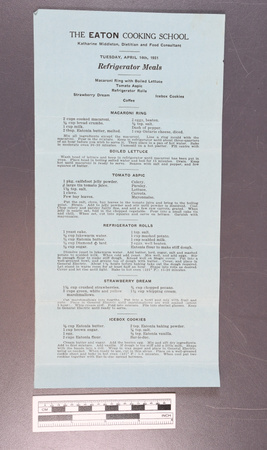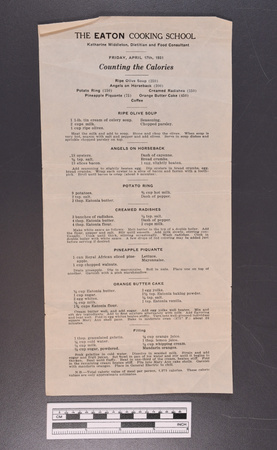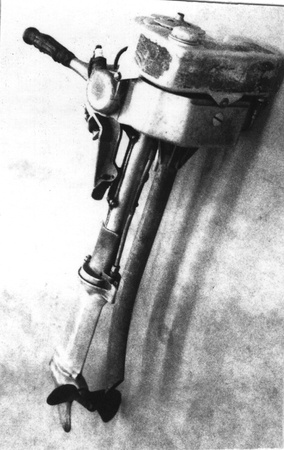Outboard motor
Use this image
Can I reuse this image without permission? Yes
Object images on the Ingenium Collection’s portal have the following Creative Commons license:
Copyright Ingenium / CC BY-NC-ND (Attribution-NonCommercial 4.0 International (CC BY-NC 4.0)
ATTRIBUTE THIS IMAGE
Ingenium,
1976.0212.001
Permalink:
Ingenium is releasing this image under the Creative Commons licensing framework, and encourages downloading and reuse for non-commercial purposes. Please acknowledge Ingenium and cite the artifact number.
DOWNLOAD IMAGEPURCHASE THIS IMAGE
This image is free for non-commercial use.
For commercial use, please consult our Reproduction Fees and contact us to purchase the image.
- OBJECT TYPE
- 2 CYL/4 HP/OPPOSED TWIN
- DATE
- 1933
- ARTIFACT NUMBER
- 1976.0212.001
- MANUFACTURER
- Evinrude Motors
- MODEL
- 441/VIKING 4
- LOCATION
- Milwaukee, Wisconsin, United States of America
More Information
General Information
- Serial #
- 4410035
- Part Number
- 1
- Total Parts
- 1
- AKA
- N/A
- Patents
- N/A
- General Description
- POLISHED ALUMINUM
Dimensions
Note: These reflect the general size for storage and are not necessarily representative of the object's true dimensions.
- Length
- 95.0 cm
- Width
- 29.0 cm
- Height
- 27.0 cm
- Thickness
- N/A
- Weight
- N/A
- Diameter
- N/A
- Volume
- N/A
Lexicon
- Group
- Marine Transportation
- Category
- Motive power
- Sub-Category
- N/A
Manufacturer
- AKA
- EVINRUDE
- Country
- United States of America
- State/Province
- Wisconsin
- City
- Milwaukee
Context
- Country
- Unknown
- State/Province
- Unknown
- Period
- 1933 TO PRESENT
- Canada
-
Eaton’s, also known as The T. Eaton Company Limited, was a well-known Canadian department store chain established in Toronto in 1869 by Timothy Eaton. From 1913 to 1924, Eaton’s department stores in Canada sold outboard motors made by Evinrude, followed by Johnson motors from 1925 to 1930, and Muncie motors from 1930 to 1932. In 1933, Eaton’s introduced their own private brand called “Viking” outboard motors, which were manufactured by Outboard Motors Corporation (OMC). Eaton’s filed for bankruptcy in 1999. The company was later acquired by Sears Canada in 2000, which eventually went bankrupt in 2017. La compagnie Eaton's (The T. Eaton Company Limited) était un magasin général établi à Toronto en 1860 par Timothy Eaton. Entre 1913 et 1924 la compagne a vendu des moteurs hors-bord créé par Evinrude et après par la compagnie de moteurs Johnson Motors entre 1924 et 1930. La compagnie de moteurs Muncie a pris la relève avec Eaton's entre 1930 et 1932. En 1933 la compagnie Eaton's a introduit sa propre marque de moteurs hors-bord nommée “Viking”. Les moteurs hors-bord “Viking” était fabriqué par OMC (Outboard Motors Corporation). La compagnie Eaton's a fait faillite en 1999 et a été acquis par Sears Canada en 2000. Sears a aussi fait faillite en 2017. - Function
-
This artifact functions as a small internal combustion 2-cylinder 4 Horsepower engine. This artifact can be attached to the stern of a small boat. Cet artefact est conçu pour être attaché à la poupe d'un petit bateau. L'objet est un moteur à combustible qui a deux cylindres et une Puissance de quatre. - Technical
-
In outboard engines, fuel and air are burned in a closed space, known as the cylinder; this burning process generates hot gasses that try to expand. The only way for the hot gasses to expand is by pushing the piston downward; the piston is connected to a rod, which is linked to the crankshaft. The crankshaft converts the piston’s downward motion into a rotating motion of the shaft. Two-stroke engines are known for their simplicity and affordability. They are lightweight and compact, but oil is mixed with the fuel to lubricate the internal parts and during the combustion process. Some of the fuel mixture from that process escapes with the exhaust, resulting in wasted fuel making them less fuel-efficient and also noisier as well as posing risks in the form of water pollution. Evinrude’s prototype motor had some key features that have been replicated in almost every outboard motor since; the engine was mounted on a bracket that could be clamped to the back of a boat, allowing it to swivel and provide steering. Des moteurs hors-bord brule du carburant avec de l'air dans un cylindre. Ce processus va générer des gazes réchauffées qui essayent d'agrandir. La seule façon pour l'expansion des gazes dans un environnement restreinte est de pousser le piston vers le bas. Ce piston est connecté à une tige qui est liée à un arbre moteur. L'arbre moteur converti la mobilité descendante du piston a une motion de rotation. Les moteurs à deux temps sont connus pour leur simplicité et leur faible prix. Y sont légers et compactes mais l'huile est mélangée avec le carburant pour lubrifier les composantes à l'interne du moteur. Ceci fait en sorte que le mélange va s'échapper pendant le processus de combustion et les rendre moins efficace et plus bruyant en plus de polluer nos eaux. Le moteur prototype créé par Evinrude avait des fonctions essentielles qui ont été imitées dans quasiment chaque moteur hors-bord depuis sa conception. Le plus notable de ces caractéristiques était l'idée de monter le moteur sur le dos d'un bateau avec un support pour permettre au moteur de pivoter et améliorer la navigation du bateau. - Area Notes
-
Unknown
Details
- Markings
- N/A
- Missing
- VENT SCREW - GAS TANK
- Finish
- Unknown
- Decoration
- DECALS ON TANK
CITE THIS OBJECT
If you choose to share our information about this collection object, please cite:
Evinrude Motors, Outboard motor, circa 1933, Artifact no. 1976.0212, Ingenium – Canada’s Museums of Science and Innovation, http://collection.ingenium.ca/en/id/1976.0212.001/
FEEDBACK
Submit a question or comment about this artifact.
More Like This
